Data Science Course in Pune is the best online training institute for Data Science. Enrolling in Data Science online classes will pave your way towards a bright future. It will also open new career paths for you.
- Data Scientist
A Data Scientist’s responsibility is to find, clean, and organize the data collected from the different mediums of information. It needs immense technical knowledge. The average annual salary is $140K.
- Machine Learning Engineer
Their responsibility is to create funnels for data and delivering solutions accordingly. They are responsible for testing and monitoring the performance and functionality aspects of the systems. The average annual salary is $115K.
- Machine Learning Scientist/Research Scientist
Their responsibility is to find new approaches and algorithms that can be used for Supervised or Unsupervised learning. The average annual salary is $114K.
- Application Architect
Their responsibility is to study how different applications behave. They also understand how these systems interact with each other and with other users. The average annual salary is $114K.
- Enterprise Architect
Their responsibility is to select appropriate technology that will help in meeting the objectives of the company. For this role, it is necessary to have an understanding of companies’ goals and different technologies. The average annual salary is $110K.
- Data Architect
Their responsibility is to design data solutions that will meet the performance requirement of the company. The average annual salary is $108K.
- Infrastructure Architect
Their responsibility is to ensure that the systems give optimum performance. Also, they can easily support newer technologies. The average annual salary is $107K.
- Data Engineer
Their responsibility is to perform the processing of batches of real-time data. They also help in maintaining the data pipelines. The average annual salary is $104K.
- BI Developer
Their responsibility is to design solutions for businesses based on data collected so that businesses can make sound decisions to increase the business’s profit. The average annual salary is $82K.
- Statistician
Their responsibility is to collect and interpret this data to understand the trends followed in the market. The average annual salary is $77K.
- Data Analyst
Their responsibility is to manipulate and transform the more massive sets of data for company use. The average annual salary is $62K.


